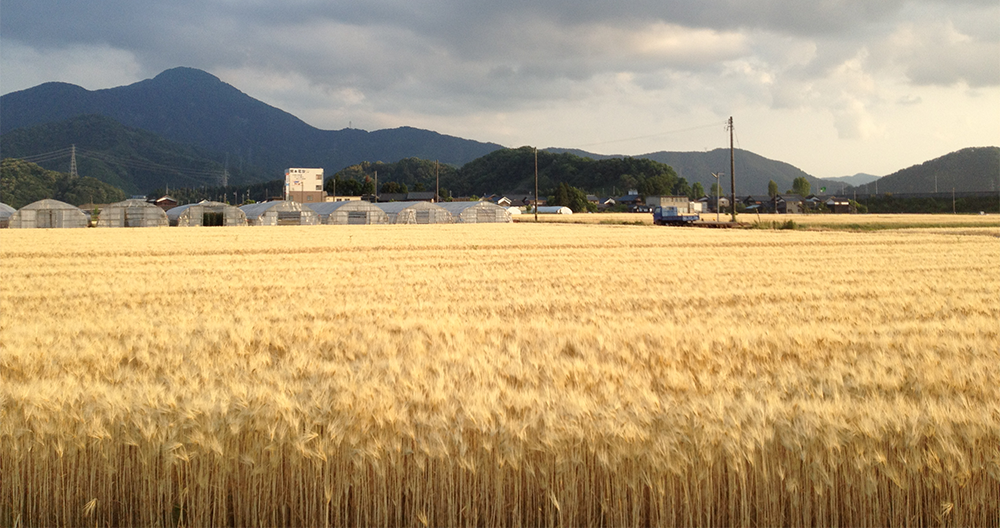Greetings yokai fans!
It’s been a while since the last post, but I am excited to share with you the appossha! Although this is a winter yokai, I thought it might help to keep you cool in this unquenchable summer heat!
I think that appossha is a really interesting yokai for a number of reasons. First of all, he is a super local yokai, found only in one tiny hamlet here in Fukui prefecture. He’s so local that people in Fukui who aren’t from that village hardly even know of him.
So I love this yokai because he’s so local and so unknown, and also because he’s from Fukui, where I live. But more than that, I love what this yokai represents.
You can read about his origins on yokai.com, so I won’t repeat them here, but I just love the story of how this yokai came about. It’s one of those things where you can visualize almost exactly what happened in your mind’s eye: some foreign-speaking fisherman with only a smattering of Japanese, crawling out of the icy waters, red-faced, covered in sea weed, and banging from door to door begging in his broken language for some food. Of course children would be scared! And yet, when offered food and warmth, he turns out to be not monstrous at all.
What’s more, this yokai is a remnant of a lost aspect of folk religion, which has been blended and absorbed into modern traditions, but can be seen pretty clearly in this example.
The marebito religion is a concept that was put forward by folklorist Orikuchi Shinobu, a student of Yanagita Kunio. It describes a set of folk beliefs centered around what could be described as worship of “the stranger.” It describes an archetypal folk belief found in which a spirit from the world of the dead visits a village, and is offered food, shelter, etc. Yokai like the appossha and the namahage are perfect examples of this, but we also see some elements of this ancient folk religion in the festival of Obon, where the dead are welcomed back to the world of the living for one day. Although this isn’t a “religion” in the sense of having a doctrine or scriptures, it does describe a common set of practices seen throughout Japan, which still echo in contemporary Japanese culture.
Even pop culture can echo this, as we see in the scene where No Face enters the bath house in Spirited Away. No Face himself could be an example of a marebito; he is an unknown creature from an unknown land (unknowable, even, as he wears a mask — just as yokai like appossha wear masks). He brings gifts to the other guests at the bathhouse, but he also brings danger and threatens them. He’s welcomed in a ritualistic way with a song and a ceremonial parade. It’s clear that the storytellers did their research!
This sort of folk belief is of course not restricted to Japan. We see parallels in folk religions all over the world. Masks have been used as important religious devices all across the ancient world, and the concept of the stranger from another world is found all over folk lore, religion, and literature. They worship “the stranger” in the fantasy religion of Westeros. Heck, the movie E.T. is almost a perfect parallel to this type of story.
Well, that may be stretching it a bit, but it’s clear there is something deeply, profoundly human that can be found even in a little-known, somewhat goofy yokai like appossha.
This post originally appeared on Patreon.com. Support my work and help preserve little-known yokai like appossha by becoming a backer for only $1 per month!







